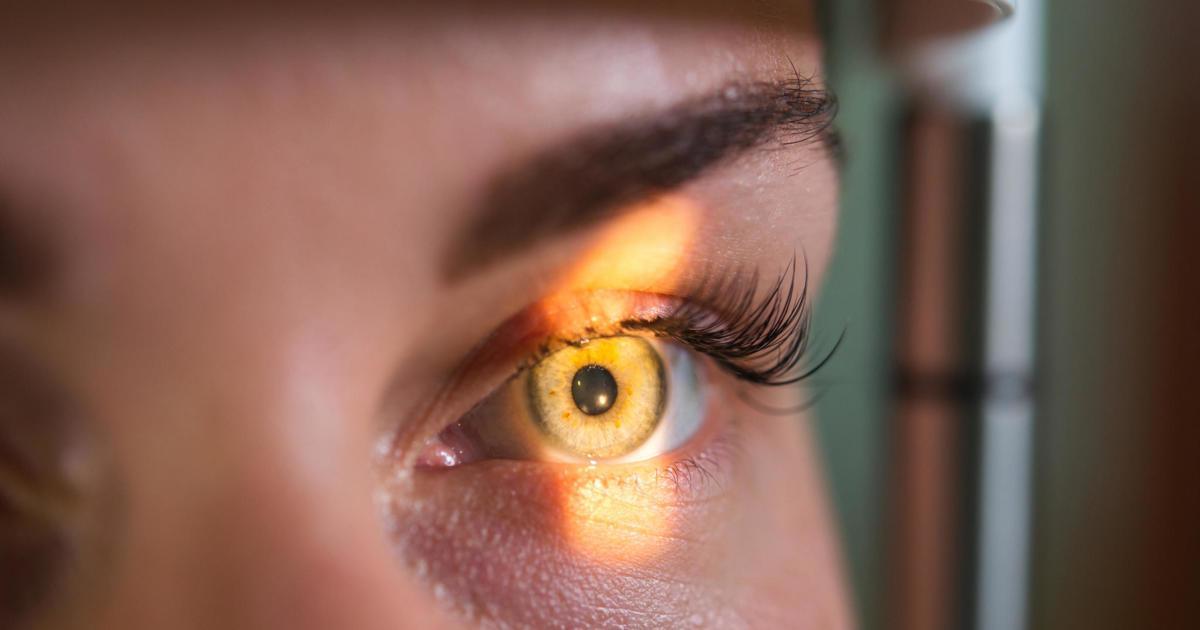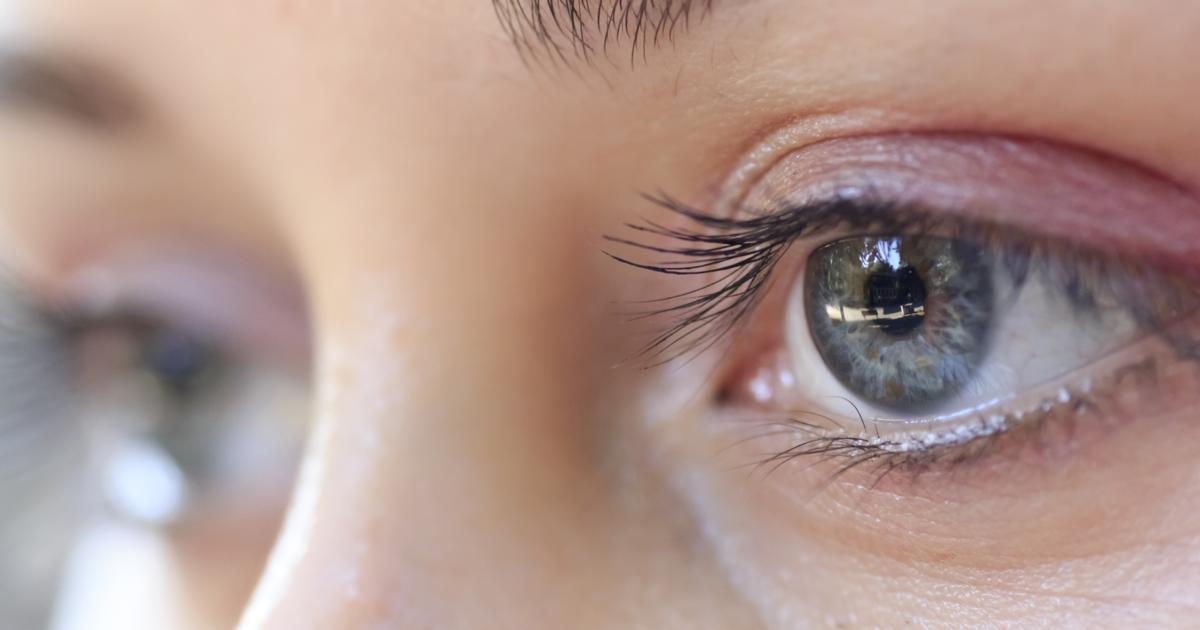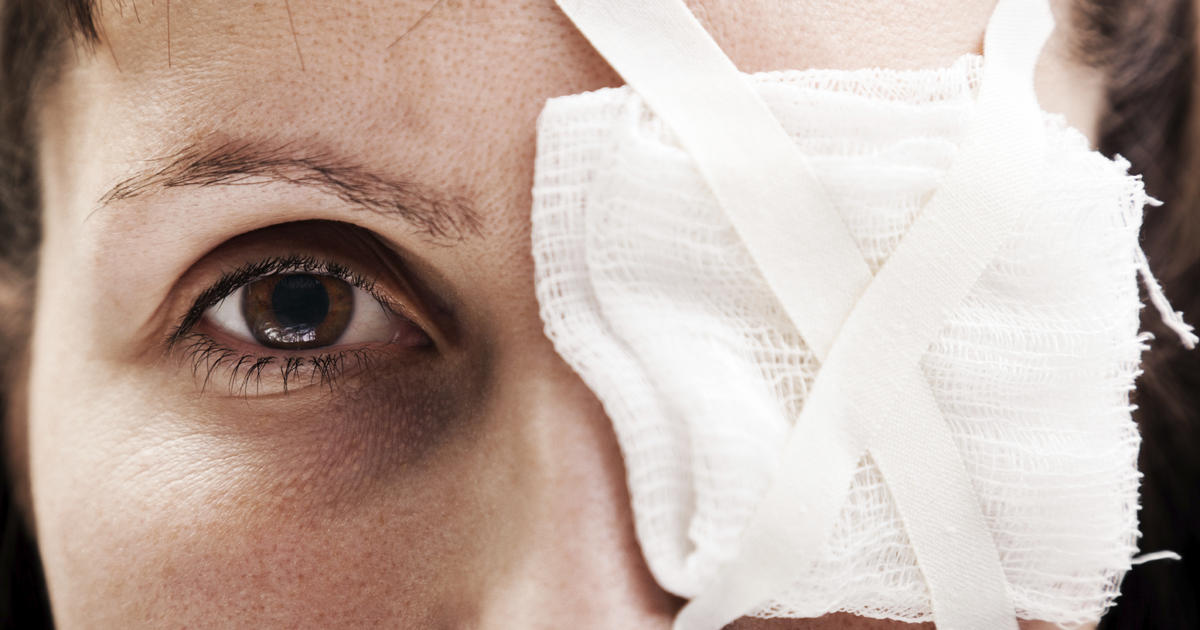What Are The Common Retinal Diseases?
Any disorder that affects the retina or the light-sensitive structure that sits in the back of the eye is considered a retinal disease. The retina contains cells that trigger impulses that travel through the optic nerve to the brain. The cells in the retina contain rods and cones that help organize the visual information before transmission. When the impulses reach the brain, a visual image is produced. The most common symptom of a retinal disease is vision abnormalities. These abnormalities include general vision loss, floating specks or cobwebs, peripheral or side vision defects, and blurred or distorted vision. Treatment focuses on slowing or stopping the progression of the disease and restoring, improving, or preserving an individual's vision. Because retinal damage is often permanent, early detection of any retinal diseases is vital. There are numerous diseases of the retina, and some are much more prevalent in the population than others. Learn more about them now.
Macular Degeneration

Macular degeneration is a disease of the retina where a component of the retina called the macula becomes damaged. The macula is responsible for providing an individual with their central vision. A macular degeneration patient has difficulty with seeing fine details close up and far away. However, peripheral vision will still be normal in an affected individual.
There are two main types of macular degeneration. Dry age-related macular degeneration or AMD is the most common form of this disease, comprising of around eighty percent of all cases. This condition occurs when components of the macula thin out with age, and drusen or protein clumps develop. An individual affected by dry AMD will gradually lose their central vision. Wet age-related macular degeneration is the less common type of macular degeneration. Wet AMD occurs when there is an abnormal growth of new blood vessels under the retina. When the excessive vessels begin to leak fluid or blood, sclerosis or scarring will occur on the macula. Vision will be lost more rapidly in cases of wet AMD than dry AMD. Currently, there is no cure for the latter, but certain nutritional supplements may slow its progression. Wet AMD can be treated with a medication that decreases the number of abnormal blood vessels behind the retina.
Diabetic Retinopathy

Diabetic retinopathy is a disease where the tiny blood vessels in the retina become damaged as a result of high blood sugar. Healthy individuals do not have frequent and persistent problems with high blood glucose in the same way diabetes patients do. The disease is called diabetic retinopathy due to this reason. Mild cases of this disease result in regions of balloon-like swelling in the tiny blood vessels of the retina that may leak fluid. As the disease worsens, the blood vessels that supply the retina can become distorted and swollen. These vessels may also no longer be able to transport blood.
In severe cases of diabetic retinopathy, the blood supply is considerably decreased to areas of the retina. Due to the deprivation of blood, growth factors stimulate the retina to grow more blood vessels. In the most advanced stage of diabetic retinopathy or proliferative diabetic retinopathy, new blood vessels develop excessively to the point where they invade into the vitreous gel or the fluid inside of the eye. The new blood vessels bleed and leak fluid, resulting in the growth of scar tissues that may detach the retina. When the retina becomes detached, permanent vision loss occurs. Treatment with laser surgery may help slow the progression of diabetic retinopathy.
Retinal Detachment

Retinal detachment is a disease characterized by the separation of the retina from the back eye wall. When a retinal detachment occurs, the retina becomes detached from its supply of blood. Without a blood supply, the retina will no longer function normally. Common symptoms that occur with this disease include flashing lights, peripheral shadows or curtains, and frequent floaters.
There are three main types of retinal detachment. Rhegmatogenous retinal detachments are the most common, and they occur when fluid passes through a hole or tear in the retina. The retina then detaches from its underlying blood supply because of the collection of fluid underneath the retina. Tractional retinal detachments occur when scar tissue develops on the retinal surface and pulls the retina away from the back wall of the eye. Exudative retinal detachments happen when the blood vessels leak fluid, and it accumulates underneath the retina. This type of retinal detachment occurs as a result of abnormal inflammation or too much leakage from abnormal blood vessels.
Retinitis Pigmentosa

Retinitis pigmentosa (RP) is a group of uncommon disorders characterized by the loss and breakdown of cells that make up the retina. Retinitis pigmentosa is a genetic disorder passed through the genome from a parent to child. It can occur as a result of harmful changes that may occur in any of over fifty different genes. These genes are responsible for providing instructions on how to create photoreceptors or proteins essential in the retinal cells. Some mutations result in the patient being unable to make the photoreceptor proteins at all, and others result in the making of a protein that is toxic in their place. Some cases result in the patient making a photoreceptor protein that does not work correctly. All three types of mutations cause damage to the photoreceptors in the retina.
An individual affected by retinitis pigmentosa will most likely experience loss of night vision and decreased visual field. As the disease progresses, the patient will experience tunnel vision. This tunnel vision that progressively worsens can cause the patient to have difficulty with driving, reading, walking, or recognizing objects and faces. There is no cure for retinitis pigmentosa, and treatment focuses on helping the individual adapt to life with low vision.
Retinal Tear

A retinal tear is best described as a separation of retinal tissues from each other. A rip or tear in the retina can be caused by an abnormally sticky vitreous pulling on the retinal tissue. These tears can also be the result of general eye trauma. Individuals who have myopia, prior cataract surgery, history of a retinal tear, thinning of the retina, history of eye trauma, and family members with a history of a retinal tear are at an increased risk of experiencing a retinal tear. The main concern with a retinal tear is the leakage of fluid into the area below the retina.
Immediate treatment is vital to prevent a retinal detachment and permanent vision loss. A retinal tear is treated by using a method to create scar tissue that closes up the tear. This scarring stops the leakage of fluid that results in retinal detachment. The creation of scar tissue can be accomplished with the use of a laser to inflict small burns that heal as scar tissue over the retinal tear. In cases where using a laser is too difficult, cryopexy is performed. This method uses a cryoprobe pressed over the area of the tear. The cryoprobe freezes the area once it is activated. The scar tissue forms during the healing process of the freeze-burn, and it effectively seals off the retinal tear.
